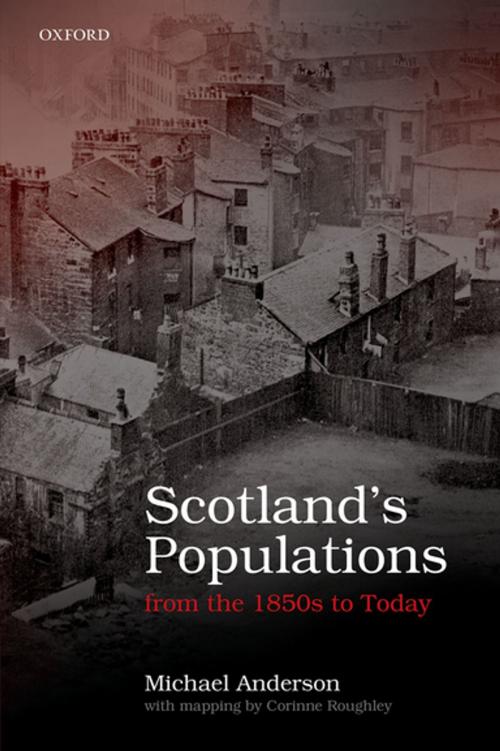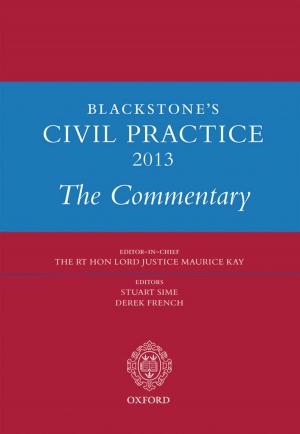Scotland's Populations from the 1850s to Today
Nonfiction, History, British, Social & Cultural Studies, Social Science| Author: | Michael Anderson | ISBN: | 9780192528407 |
| Publisher: | OUP Oxford | Publication: | March 1, 2018 |
| Imprint: | OUP Oxford | Language: | English |
| Author: | Michael Anderson |
| ISBN: | 9780192528407 |
| Publisher: | OUP Oxford |
| Publication: | March 1, 2018 |
| Imprint: | OUP Oxford |
| Language: | English |
Scotland's Populations is a coherent and comprehensive description and analysis of the most recent 170 years of Scottish population history. With its coverage of both national and local themes, set in the context of changes in Scottish economy and society, this study is an essential and definitive source for anyone teaching or writing on modern Scottish history, sociology, or geography. Michael Anderson explores subjects such as population growth and decline, rural settlement and depopulation, and migration and emigration. It sets current and recent population changes in their long-term context, exploring how the legacies of past demographic change have combined with a history of weak industrial investment, employment insecurity, deprivation, and poor living conditions to produce the population profiles and changes of Scotland today. While focussing on Scottish data, Anderson engages in a rigorous treatment of comparisons of Scotland with its neighbours in the British Isles and elsewhere in Europe, which ensures that this is more than a one-country study.
Scotland's Populations is a coherent and comprehensive description and analysis of the most recent 170 years of Scottish population history. With its coverage of both national and local themes, set in the context of changes in Scottish economy and society, this study is an essential and definitive source for anyone teaching or writing on modern Scottish history, sociology, or geography. Michael Anderson explores subjects such as population growth and decline, rural settlement and depopulation, and migration and emigration. It sets current and recent population changes in their long-term context, exploring how the legacies of past demographic change have combined with a history of weak industrial investment, employment insecurity, deprivation, and poor living conditions to produce the population profiles and changes of Scotland today. While focussing on Scottish data, Anderson engages in a rigorous treatment of comparisons of Scotland with its neighbours in the British Isles and elsewhere in Europe, which ensures that this is more than a one-country study.















